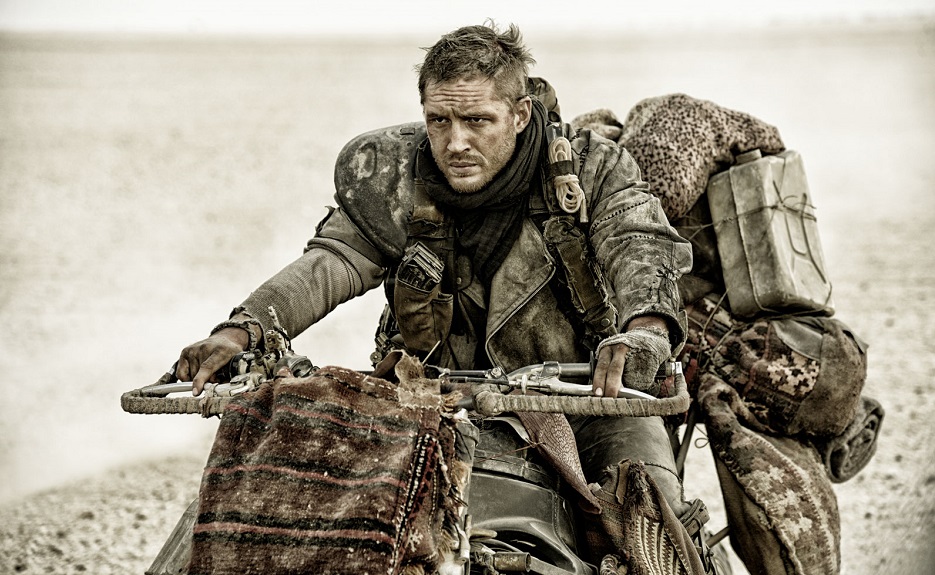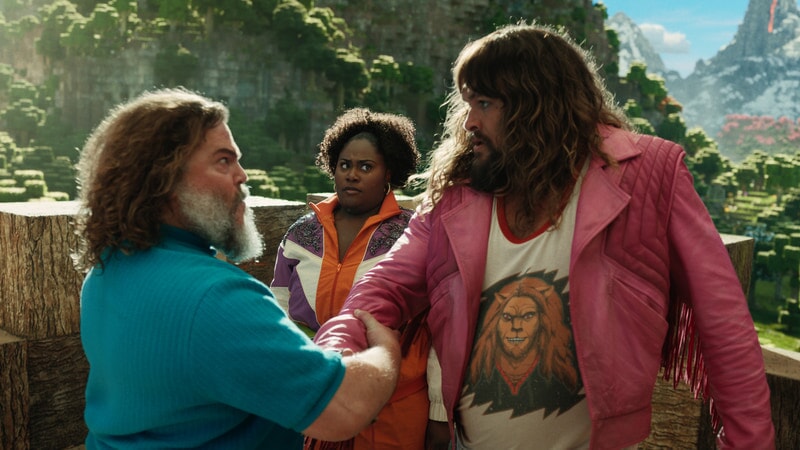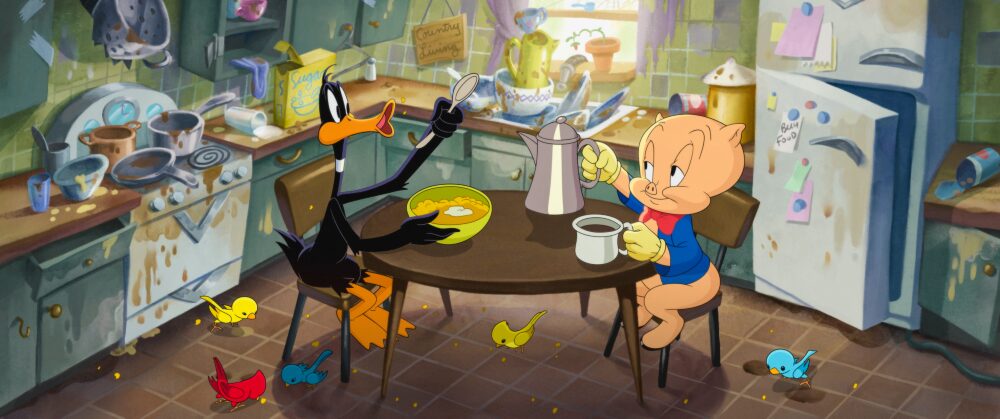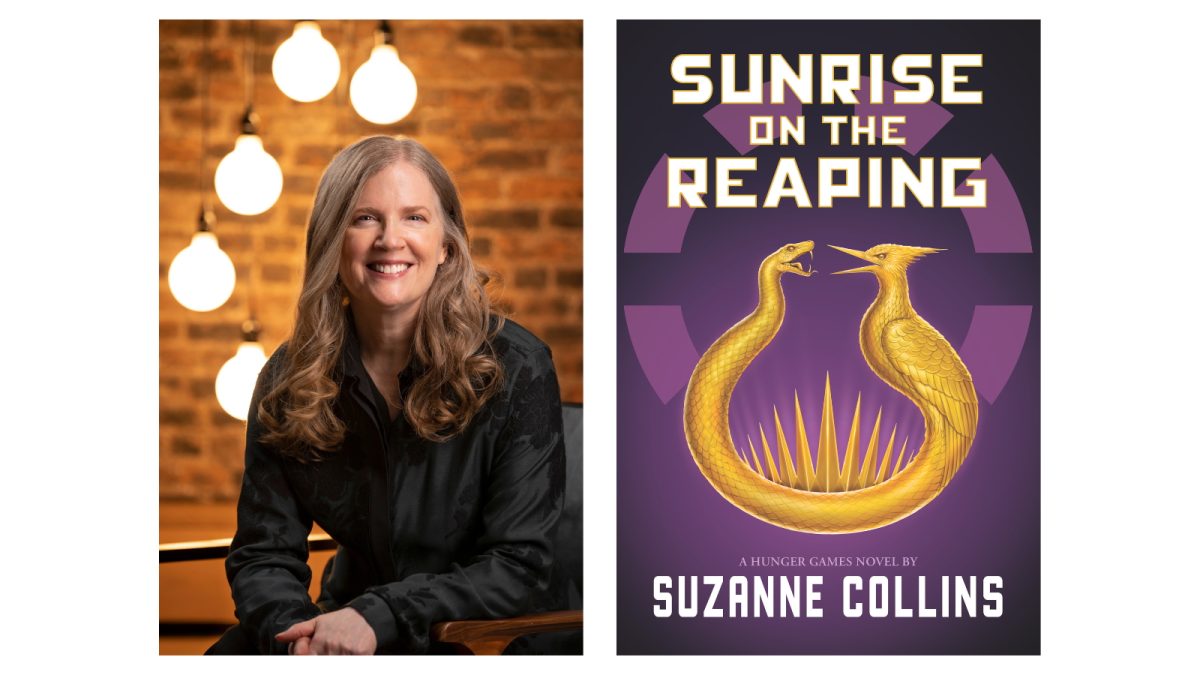There’s this idea that the kind of movies that come out during the summer are big, brash, loud and we really shouldn’t expect much else out of them.
Of course I can’t argue with that. There are some movies that simply don’t put their energy into the kind of stuff that wins Oscars or Palme d’Ors, and those movies—sorry, films—just aren’t going to be coming out this season.
Australian director George Miller’s Mad Max: Fury Road is a two-hour film comprised, effectively, of two monolithic car-chase sequences, and it makes the case that action that is truly “non-stop” takes a kind of meticulous craftsmanship that can elevate the lowly summer blockbuster to something spectacular even while staying true to its lunkheaded self.
Fury Road, the fourth film in Miller’s Mad Max series, the first in 30 years and the first to star Tom Hardy rather than Mel Gibson as the titular desert-wanderer Max Rockatansky, takes an impish glee in burning off any excess characterization, dialogue or story to get at the rarefied nugget of pure hind-brain stimulation at its gooey center.
While most action-movie franchises descend into bloated self-parody with each sequel, the continued success of the Mad Max films has always relied on Miller’s restless reinvention of his post-apocalyptic wasteland where madness reigns. Fury Road is beautifully shot in the almost Martian landscape of the Namib desert, where warlords like Immortan Joe (Hugh Keays-Byrne) have control of priceless resources like water and oil.
Joe has several “wives,” with whom he plans to repopulate the Earth. The wives, played by Rosie Huntington-Whiteley, Zoe Kravitz, Riley Keough, Abbey Lee and Courtney Eaton, are not into this and enlist one-armed truck driver Furiosa (Charlize Theron) to smuggle them out.

Joe has created a loyal army of “warboys” like Nux (Nicholas Hoult) constantly tweaking on adrenaline and some chrome-colored inhalant, obsessed with reaching Valhalla by dying in battle. Whether you want to draw comparisons to the Vikings or the so-called Islamic State is up to you. The corpse-painted warboys need daily blood transfusions to even stand, and, because Miller never wastes an opportunity to make his world as grimy and morally desolate as possible, they get this by siphoning blood directly from live humans.
Nux’s bloodbag is a captured Max. Desperate to be part of the hunting party, Nux fastens Max to the front of his hot-rod—via crucifix, naturally—so he can take his blood supply on the go.
Beyond this exposition, Fury Road has basically no need for dialogue. Once it sets off, all the audience has to do is marvel at Miller’s ceaseless creativity in finding new ways for Fury Road’s “set”—the phalanx of DIY-weaponized muscle cars moving across a desert at breakneck speed looking like H.R. Giger-meets-Wacky Races—to explode.
Immortan Joe’s army is driven onward by a truck with an enormous Slayer-style wall of amps and a warboy lashing his tongue and playing a flame-throwing double-necked guitar. During the few scenes in which Max, Furiosa and the Wives take a breather, atonal metal riffs blare ominously across the desert landscape, undercutting that the respite won’t be for long. The movie is, at its heart, just an onslaught of cool sh–. The cool sh— per-minute factor here is unprecedented.
Fury Road has a budget roughly 375 times as big as that of the first Mad Max, and rather than let itself get bloated, it stays as lean as its independently-financed forbear and throws all that money into perfecting the jury-rigged punk aesthetic introduced in 1981’s Mad Max 2.
Both the heroes and villians in Fury Road are as ingenious as Miller. Sure, there are plenty of good-old-fashioned bullets flying, but in the hands of these merciless characters, everything can be used as a weapon. Forget Chekov’s Gun; think Chekov’s Oil Tanker or Chekov’s Gearshift. This pervades the film with a claustrophobic sense of panic that keeps it barreling along at a pace that cackles maniacally in the face of any movie that has ever, or will ever bill itself as a “high-octane thrill ride.”
After each of the chase scenes, the screen fades to black for a few seconds. It’s like Miller, the 70-year-old director of Babe and the Happy Feet films, doing a mic-drop.
That being said, even Fury Road has to take a break. And because of the adrenaline of the chases, they’re like hitting a brick wall. Miller’s heart isn’t in them. The relationship between Max and Furiosa is more of an unspoken bromance than the bog-standard romance, and it’s actually much sweeter because of it. But Miller doesn’t even attempt to give the love story between Nux and Riley Keough’s character an organic arc, but nevertheless reforms the shell-shocked warboy in the span of a scene.
Who cares, though? In Mad Max: Fury Road, the 2015 blockbuster season kicks off with an almost surrealistic hyper-exaggeration of what it means to be a summer blockbuster in the first place—the most restlessly inventive take on cinematic action since The Matrix—and it’s hard to imagine that it will be topped in the months, if not years to come.
Follow Max Smith on Twitter at @MaxRSmith217.
For more film reviews and updates, follow us at www.mtsusidelines.com, on Facebook at MTSU Sidelines and on Twitter/Instagram at@Sidelines_Life.
To contact Lifestyles editor John Connor Coulston, email lifestyles@mtsusidelines.com














